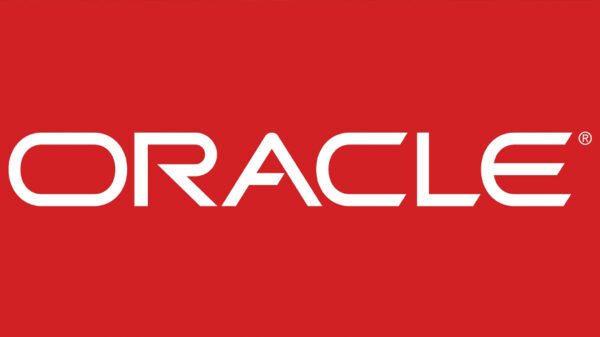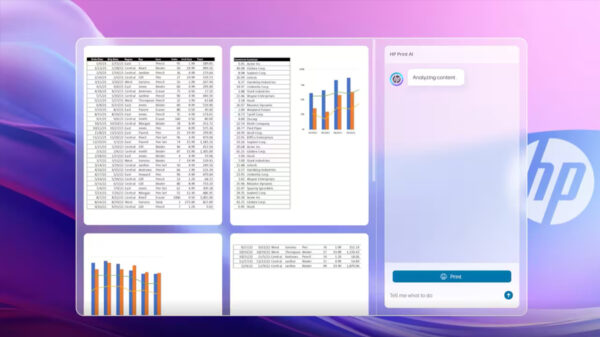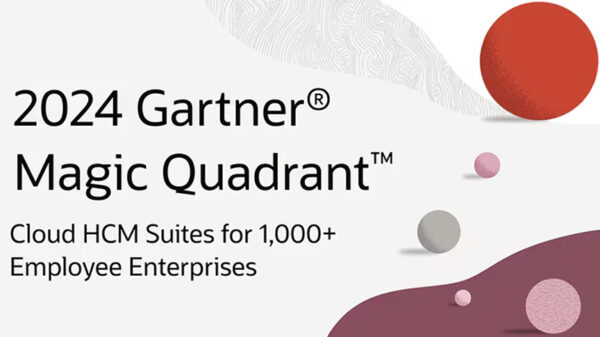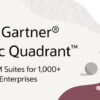By Francis Han, General Manager – Business Analytics, ASEAN, Oracle
As the role of Finance continues to evolve, technology advancements in Enterprise Performance Management (EPM) are helping organizations discover new ways to optimize business operations and capture new market opportunities. Hundreds of decision makers both within the Oracle customer base and the industry at large shared their specific feedback on EPM technologies and practices with Oracle to identify the top trends for EPM.
EPM Cloud Strategies Gain Altitude
Concerns about security and data confidentiality have gradually subsided over the last couple of years. Most companies today are either currently using or will consider deploying EPM in the Cloud. The most popular EPM functions for Cloud deployments include: planning, budgeting and forecasting; management reporting; and financial reporting and consolidation.
Most companies’ primary motivation to deploy EPM on Cloud was to avoid large upfront investments and fixed capital investments during periods of corporate or economic uncertainty. Companies were also persuaded by the ability to get it up and running quickly, thereby increasing business agility.
Don’t Leave Mobile Behind
Mobile technology has become pervasive as workers embrace the convenience of anytime, anywhere computing. Managers have grown accustomed to the convenience of on-the-go review and approval for important processes such as planning, tax provisioning and financial close. Plus, finance departments are increasing their focus on mobile. As a result, mobile EPM is set to take off with convenience and simpler information-delivery as the driving forces for EPM mobile adoption.
Big Data is the New Signal for Finance
The explosion of big data presents a unique opportunity to incorporate unstructured data into planning processes for more accurate forecasts. Most companies expect to leverage big data in their planning and forecasting processes. With their data orientation and quantitative skills, finance professionals have an opportunity to become more engaged in quantifying and qualifying new data sources and their value to the enterprise. Whether it be collecting social analytics and sentiment analysis to forecast revenue, using sensors to manage buildings, capital equipment, lower maintenance costs or improve quality, or streamlining processes based on new data insights, the possibilities are endless. Finance executives who are able to deliver data insights that differentiate from the competition and drive profitable growth are quickly rising to the top in their field.
Detail Costing Practices Here to Stay
The economic downturn gave rise to an intensive focus on cost control. Allocating costs at a granular level reveals how customer driven interactions impact profitability and help support more precise decision-making about cross-channel product and service offering. Companies use profitability and cost management tools to develop multidimensional cost pools, activity rates, and unit costs as they develop P&L statements about individual subscribers, accounts, assets, projects, and orders.
Squeeze Financial Close Cycles Even Tighter, with an Eye to the Virtual Close
For years finance departments have worked to shorten the financial close cycle, yet there remains room for improvement. By focusing on the extended financial close and reporting process, today’s software tools reveal where improvements can be made.
Today’s applications allow organizations to report to stakeholders in timely and accurate manner and provide level of governance, visibility, and transparency into the financial close and reporting cycle. In addition to improving efficiency, these tools enable senior managers to be confident in the numbers they report to stakeholders.
Financial Disclosure Complexity Continues to Rise
Compliance reporting requirements have multiplied over the last and have become increasing specialized. Today there appears to be no limit to how big the disclosure sections in regulatory fillings will grow. In addition, industry-specific regulation and cyber-security regulations will substantially increase the complexity of the financial disclosure processes.
Applications enable these companies to effectively manage the creation of regulatory filings by fully integrating this process with the rest of the financial close cycle and automating it with financial reporting tools.
Enterprise Data Governance Booms in 2014
Have you ever attended a finance meeting where everybody has a different number for the same thing and then spent the entire meeting arguing about who has the right number? This type of problem is rampant in financial reporting cycles, as organizations often have “the same” information in multiple systems.
To ensure consistency, organizations need an enterprise data governance (EDG) solution designed for dynamic, fast-changing business environments to keep this structural information aligned. This minimizes the time spent synchronizing information by helping business users manage changes – and the financial executives can spend less time arguing about the “right number” and more time on the issue at hand.
Sustainability Reporting Becomes the Norm
Companies that report more than just financial data have been the subject of much discussion for many years. Pressure groups, NGOs, and in some cases, government regulators advocating the benefits of “sustainability reporting” for all stakeholders, including the global environment. With this level of participation, soon all organizations will see sustainability reporting as essential.
Conclusion
In a nutshell, as financial disclosure, regulatory reporting, and sustainability processes become more complex, astute use of technology continues to differentiate industry leaders. Many of these organizations rely on EPM solutions to seize the high ground in their respective markets.
Modern EPM tools leverage cloud, mobile, and big data technology to make sense of a growing base of information and to help managers gain insight into every aspect of their business.
Armed with fresh, accurate, enterprise information from EPM tools, the Finance department can confidently embrace planning, budgeting, forecasting, financial close, scorecard, costing and profitability, and other essential functions.

















































































































